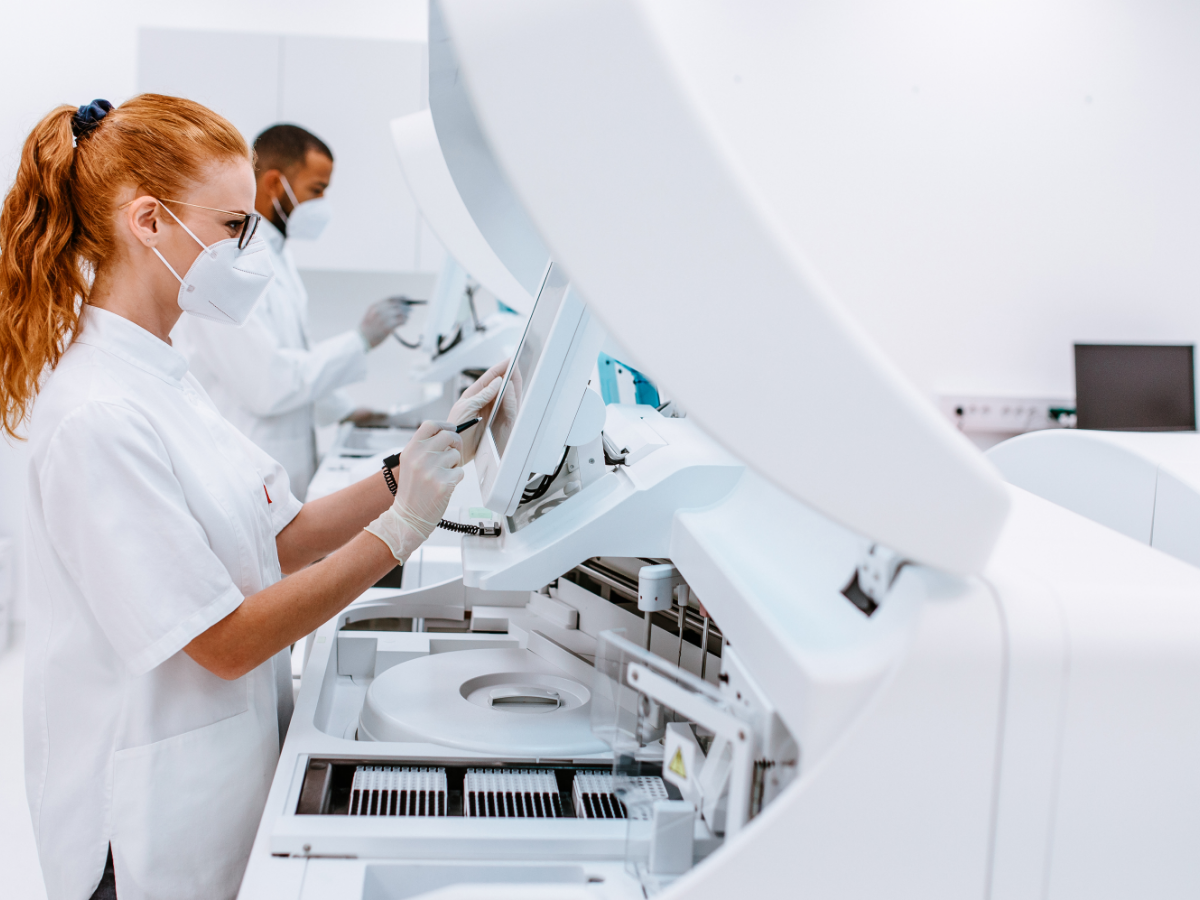Medical device manufacturers strive to transform patient outcomes through unceasing innovation to create safer products that comply with shifting regulatory requirements in markets around the world. As we go into the new year, we sat down with Evangeline Loh, senior manager, Medical Market Access at Emergo by UL, to get her thoughts about some key trends, including greater regulatory reliance, adoption of quality management systems (QMS) and transparency.
Q: We’re seeing a trend toward increased harmonization and transparency in medical device regulations. What do manufacturers need to know heading into 2026?
A: There’s been some exciting advances in regulatory reliance this year that will impact how medical device manufacturers go to market next year. This is exciting because regulatory reliance — when one regulator trusts the assessments or decisions from another country’s regulatory body — can significantly streamline the process of bringing a new device to market. Many countries or regions simply don’t have the review capacity to stay on pace with innovation, and this can create significant backlogs and prevent new or improved devices from getting to patients who need them.
This fall, Mexico’s regulatory agency Federal Commission for the Protection Against Sanitary Risk (COFEPRIS) expanded equivalency for medical devices and in vitro diagnostic devices (IVDs) to Medical Device Single Audit Program (MDSAP) Members. Previously, Mexico had only recognized audits from the U.S. Food and Drug Administration (FDA), Health Canada and Japan’s regulatory bodies. If a device is identical to one approved by this expanded list of nations, COFEPRIS will now waive additional auditing and review.
Malaysia represents another example of a regulator taking a step toward expanding regulatory reliance. In late September 2025, the Malaysia-China Medical Device Regulatory Reliance Programme entered its first phase, focused on a select range of IVDs. This development was announced shortly after a July agreement between Malaysia’s Medical Device Authority (MDA) and China’s National Medical Products Administration (NMPA) that is predicted to shorten the approval timelines in both countries significantly.
While not yet final, the United Kingdom’s Medicines and Healthcare products Regulatory Agency (MHRA) announced in July of 2025 that it plans to propose recognition of medical devices with a CE marking, as well as greater reliance on audits and assessments from regulators in Australia, Canada and the United States.
Q: We’re seeing more publicly available data regarding medical device information. Which markets are driving this move toward greater transparency?
A: We’re seeing several major markets introduce or expand publicly available data, as well as some regions that have experienced delays in planned transparency efforts.
Notably, the U.S. FDA’s Office of Communication, Information Disclosure, Training and Education (OCITE) added six sub-categories to the 510(k) Premarket Notification database to facilitate easier access to information regarding regulatory compliance. As of July 1, 2026, the Swiss Agency for Therapeutic Products (Swissmedic) requires that medical devices sold in Switzerland be registered in swissdamed, a public-facing database launched in 2024.
Other markets are making slower progress toward transparency. EUDAMED is planned to be a database of six modules for use by manufacturers selling devices in the EU. However, none of the proposed modules are live, and participation in EUDAMED remains voluntary. We anticipate that legislation may soon be proposed that make three modules (Actors, Devices and Certificates for Notified Bodies) compulsory, when live.
Q: How are regulators supporting greater accountability in the medical device market through unique device identification (UDI)?
A: Publicly facing UDI systems are absolutely critical for quickly identifying the location of devices being used by patients or available on the market in advance of a recall or known safety issues. While many countries have UDI databases in place, many more countries recognize the value of traceability but haven’t yet built out a full system.
Brazil’s UDI database, Sistema de Identificação Única de Dispositivos Médicos (SIUD), is still not online, although UDI requirements were passed in 2022. As of 2024, Mexico has tabled its UDI requirements entirely. The EU’s UDI database has been delayed due to challenges as a result of EUDAMED delays, and there is a lack of clarity around transition timelines and definitions of device types.
Enabling safety, compliance and sustainability for medical innovation
Our safety science expertise and software enable industry innovators across the medical product life cycle in overcoming critical challenges and developing safer, more effective products that empower users globally.
Q: Quality management systems are evolving in markets around the world. What do manufacturers need to know?
A: There are many exciting QMS developments that we’re watching eagerly. In February of 2026, the U.S. FDA’s QMS will go live. This welcome shift shows the agency’s alignment with its longstanding commitment to international harmonization and 21 CFR Part 820. While most manufacturers are already compliant with relevant ISO standards, those that aren’t will need to make adjustments to demonstrate compliance with the FDA QMS.
In April of 2024, South Korea’s Ministry of Food and Drug Safety (MFDS) revised requirements related to its QMS and Manufacturing and Quality Control standards for facilities deemed as "excellent quality control manufacturing facilities.” We are continuing to monitor ongoing legislation to help medical device manufacturers understand how changes may impact their operations.
The Medical Device Single Audit Program (MSDAP) continues to expand, adding new participating member nations and regions. In 2024, the South African Health Products Regulatory Authority (SAHPRA) and Malaysian Medical Device Authority (MDA) both earned affiliate member status. While the EU has not pursued MDSAP membership yet, it has been strongly encouraged to do so by the European medical technology community.
Q: Finally, what can you tell us about the FDA’s plan to expand unannounced global audits?
A: To be clear, the FDA always had authorization to perform unannounced audits around the world, but typically only conducted them at sites in China and India. However, in 2025, the FDA announced that this program would be expanding worldwide. While it has been difficult to access data regarding the scope of these efforts, we do know that the FDA has increased review of direct-to-consumer drug advertising. It would make sense for medical device manufacturers to anticipate audits and prepare accordingly.
Within UL Solutions, we provide a broad portfolio of offerings to all the medical device industries. This includes certification, Approved/Notified Body and consultancy services. In order to protect and prevent any conflict of interest, perception of conflict of interest and protection of both our brand and our customers brand, we have processes in place to identify and manage any potential conflicts of interest and maintain impartiality. UL Solutions is unable to provide consultancy services to EU MDD, MDR or IVDD Notified Body, UKCA MD Approved Body or MDSAP Customers.
Get connected with our sales team
Thanks for your interest in our products and services. Let's collect some information so we can connect you with the right person.






